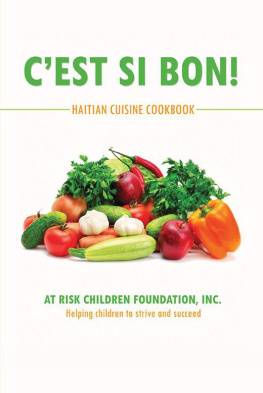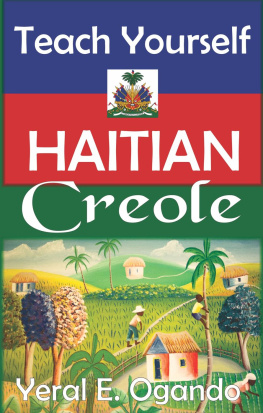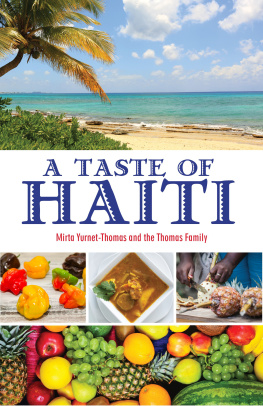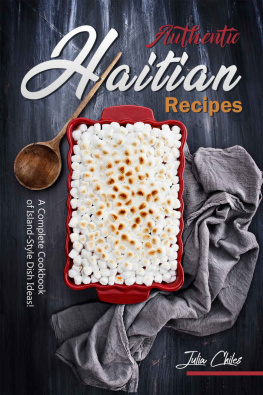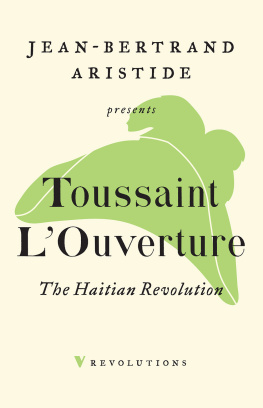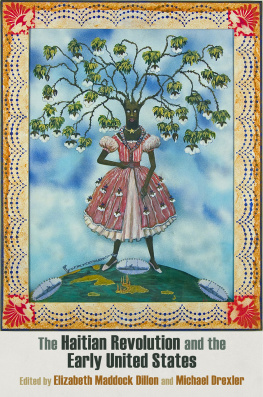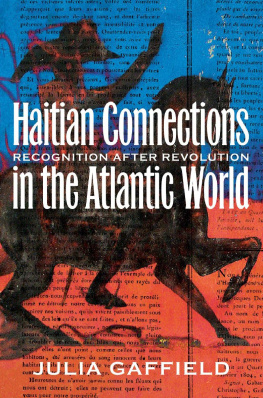AT RISK CHILDREN FOUNDATION, INC.
Cest Si Bon!
HAITIAN CUISINE COOKBOOK
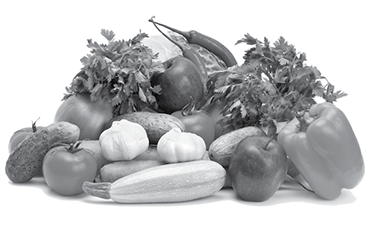
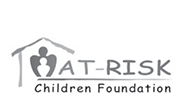
Copyright 2015 by At Risk Children Foundation, Inc.
Library of Congress Control Number: 2015901947
ISBN: Hardcover 978-1-5035-4126-9
Softcover 978-1-5035-4127-6
eBook 978-1-5035-4125-2
French and Creole Flavors Set Haiti Apart from Other Caribbean Islands
No part of the publication may be reproduced, stored in a retrieval system, or transmitted to any forms or by any meanselectronic, mechanical, photocopying, recording, scanning, or otherwiseexcept as permitted under section 107 or 108 of the 1976 United States Copyrights Act, without either the prior written permission of the publisher or authorization through payment of the appropriate per-copy fee to the Copyright Clearance Center, 222 Rosewood Drive, Danvers, MA 01923,(978) 750-8400.
Requestto the publisher for permission should be addressed to the ARCF executive director, Marlene Mathurin, at (516)-610-4077 or online at .
Rev. date: 10/09/2015
Xlibris
1-888-795-4274
www.Xlibris.com
604544
Contents
At Risk Children Foundation (ARCF) is a nonprofit charitable organization with a 501(c)(3) status. Its mission is to provide educational opportunities, sustainability programs, and basic care to some of the neediest Haitian children. Our approach addresses the physical, social, spiritual, emotional, and educational needs of the children.
If youd like to make a donation by check, please send your tax-deductible donation payable to
At Risk Children Foundation,
857 Bradley Street
West Hempstead, NY 11552
For online donation, please go to www.atriskchildren.org.
Thank you.
The idea for this book originated when Stephanie and Rose (ages sixteen and fifteen, respectively) made Pat kod ak harran sour, a savory fried dough made with flour, herbs, garlic, and ground herring. It was delicious. Stephanie suggested that selling the fried dough with lemonade at fifteen gourdes apiece (US equivalent to forty cents) could raise money for school books. Stephanies suggestion was one of the topics of our discussion at the July 2011 meeting, which set this entire project into motion!
Her idea resulted in the creation of Cest Si Bon Haitian Cuisine Cookbook by At Risk Children Foundation which you now hold in your hands.
These recipes of love support ARCF. The story is the childrens, and the book is yours.
To make the pat kod that Stephanie and Rose made in a large bowl, mix together these ingredients: all-purpose flour, water, chopped parsley, chopped shallot, chopped garlic, clove, seasoned ground herring, and a dash of hot pepper. Then fold everything together until made into a ball of dough. Form the dough into smaller two-inch balls and cook in a deep fryer or hot oil.
This project would not have been possible without the dedication, support, and countless hours of creativity and input from Sergine Gaelle Altifor, Christiane Baptiste, Ryan Bishop, Edward V. Boria, Nina Boria, Deacon Norm Carroll, Daphnee Charlot, Marie G. Charlot, Tashima Charlot, Elizabeth Crowley, Kathleen Crowley, Robert E. Crowley, Anwar Farrell, Jean-Robert Fevry, Edith Jovin, Andrew Kernan, Harry Manigat, Lauretha Manigat, Claudy Mathurin, Endyne Mathurin, Mary Moran, and Glenna Stinson.
Thank you to all our wonderful friends, local Haitian food vendors, and Haitian restaurants for providing the fabulous recipes that helped make this book possible. Our deepest gratitude goes out to the many friends who contributed to the editing. A huge thank you to Charlene Chan of Chichilicous (ChichiLicious.com), Diane Gaillard of Pearl of Haiti Caf (http://www.thepearloftheantilles.com), and Diana Pierre-Louis of The Real Haiti (www.therealhaiti.com) as well as to the other photographers who graciously contributed their beautiful photographs to our cookbook. We couldnt have done this without you.
We are enormously grateful to Elizabeth Crowley, Kathleen Crowley, Robert Crowley, and Anwar Farrell, who have generously helped us create the final product that is the ARCF Haitian Cuisine Cookbook . We shared our vision, and they made it a reality! Finally, a very special thank-you to the children who shared their recipes and the members who helped to create this cookbook.
The proceeds from this book and all donations will go to funding programs dedicated to assisting the orphans and vulnerable children in our care. These resources will be allocated to: (1) Chez Moi (My House) Phase II: expanding our capacity, which entails the construction of another building on the property; (2) upgrading the living conditions for our children in Custine, Cavaillon; (3) paying for the children to go to school; (4) building the Soveyo Library Learning Center; and (5) ensuring ARCFs long-term stability to care for disadvantaged Haitian children.
This is a book about hope and the abundance life has to offer. This book is a symbol for people from all cultures around the world to reach out to the children in need who look to us for guidance and encouragement. It is about children overcoming destitution and striving to succeed. They want nothing that elicits pity or hopelessness in their difficult lives, but rather they are full of hope for a bright future. They need your investment to secure the productive and happy lives ahead of them.
This unique book is to be shared; please pass it along to as many people as possible, especially to friends, coworkers, and their families. Leave a copy wherever friends gather, your gym, your doctors office, the teachers lounge at your childrens school. Take one to work and leave it in the break room. Send one to your niece in college and to your grandmother at the retirement home.
This project started from a staff meeting in Custine, Cavaillon, Haiti, following the idea of one child, and the response has been overwhelming. So many members and friends said this is just what theyve been looking for and are ordering copies for themselves and others. Since its founding, ARCF has been supported solely by donations, members donations, and religious bodies. No individual or entity has profited. Over 95 percent of every dollar donated is spent on mission-related services.
HISTORY OF
HAITIAN CUISINE
French and Creole Flavors Set Haiti Apart
from Other Caribbean Islands
The island of Hispaniola is home to the Dominican Republic and Haiti in the Caribbean. While the cuisine of the Dominican Republic is Spanish influenced, Haitis fare is distinctly French and Creole, giving Haitian food a unique flavor among all Caribbean nations. This book incorporates this delicious fare in a way never before published.
Although the average Haitians diet consists of mostly rice, corn, beans, yams, or millet, more extravagant fare is available, particularly in Ption-Ville of the capital, Port-au-Prince, such as French cheeses, lobster, and frog legs. Tropical fruits native to the island include mango, coconut, guava, passion fruits, cerise, avocado, and pineapple. Popular beverages are made with these fresh fruits, and Juna, a local orange squash drink, is also well liked.
Haitian cuisine is different in several important ways from its regional counterparts. The main influence derives from French Creole and African cultures, with strong influence from native Tano and Spanish culinary techniques. Although there are similarities to other cooking styles in the region, it carries characteristics known only to the country and appeals to the many visitors who frequent the island. Haitians cook using an extensive array of vegetables, meats, and spices. Peppers are often used to intensify flavor, so many dishes tend to be moderately spicy.
Next page
